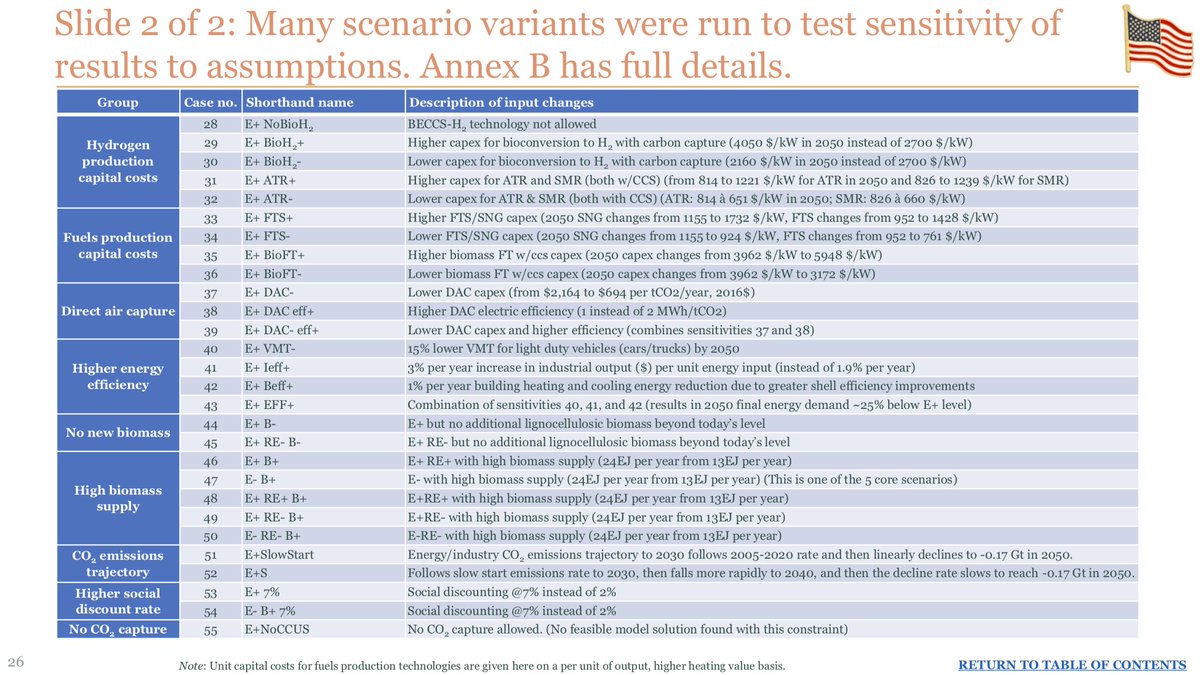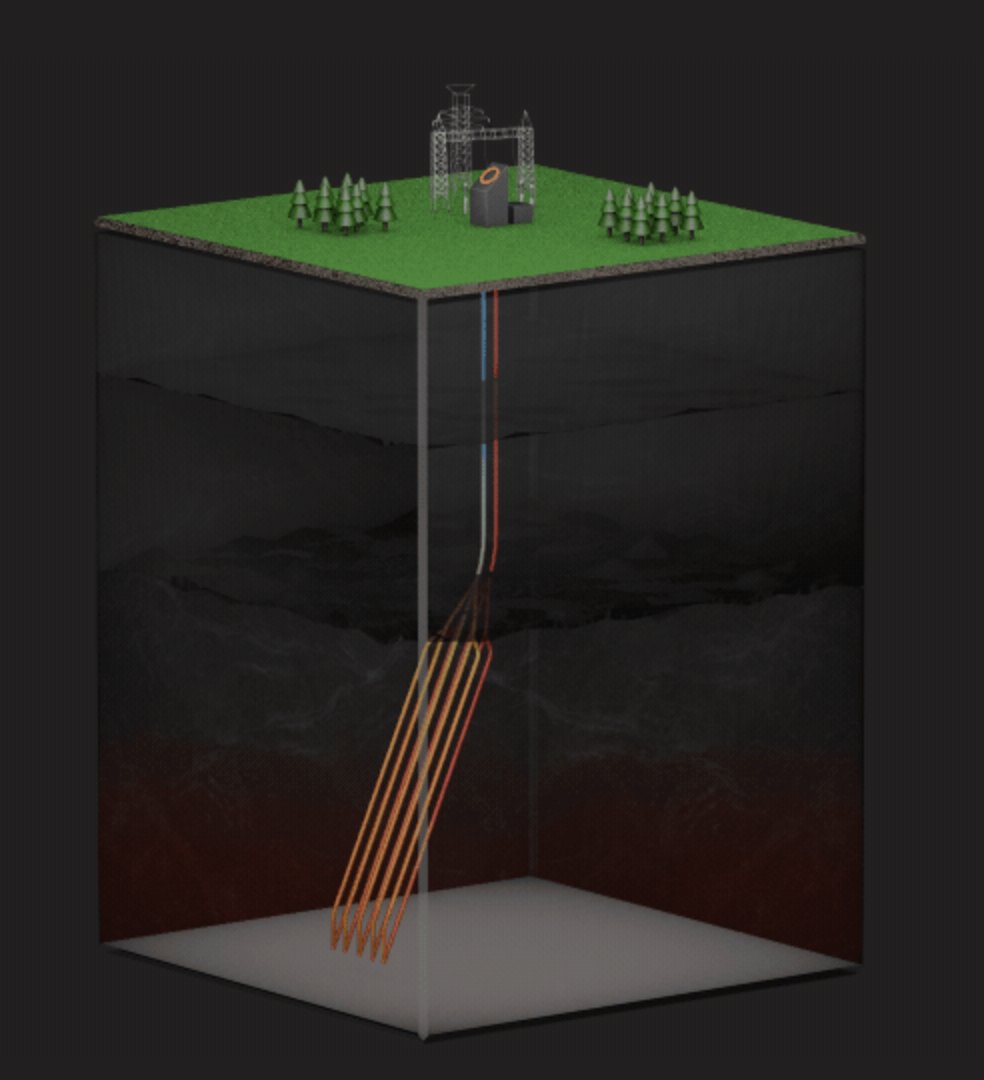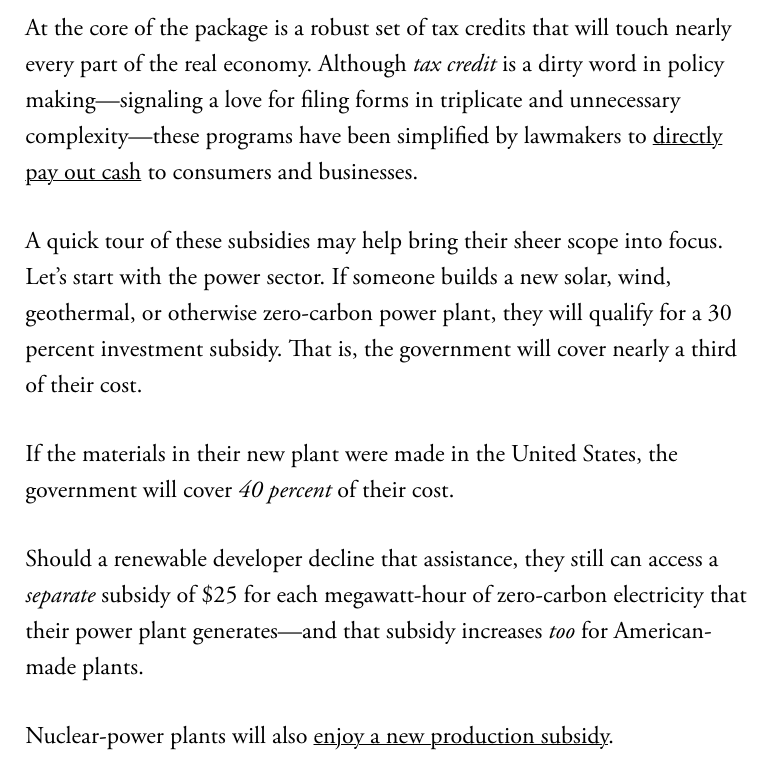
High praise to the @LastWeekTonight reporting and production eam for a very well researched and accurate segment. Bravo!
PS viewer discretion advised (language warning)
PS viewer discretion advised (language warning)
https://twitter.com/JesseJenkins/status/1457712622187470857
I've seen a lot of reporting on my area of expertise that makes me cringe or yell at the screen, while prompting skepticism about how well the outlet covers other topics I dont know much about. Not so in this case! Very accurate and, just a TAD more entertaining than my lectures.
@iamjohnoliver, you can guest lecture in my @princeton class any time.
Also, my apologies to Democrats for apparently losing them the next several election cycles. That's a real bummer.
Also, my apologies to Democrats for apparently losing them the next several election cycles. That's a real bummer.
*team not eam. Not sure what an eam is. Perhaps an obscure measure of power grid capacity?
• • •
Missing some Tweet in this thread? You can try to
force a refresh















